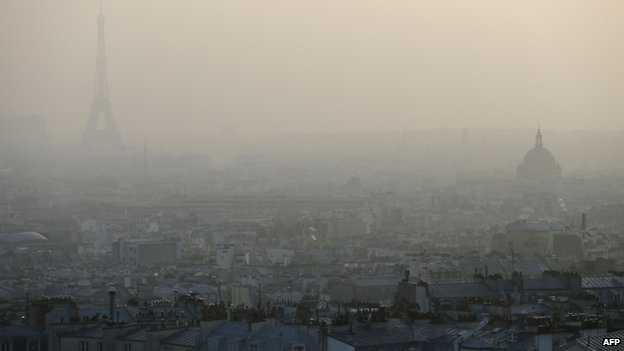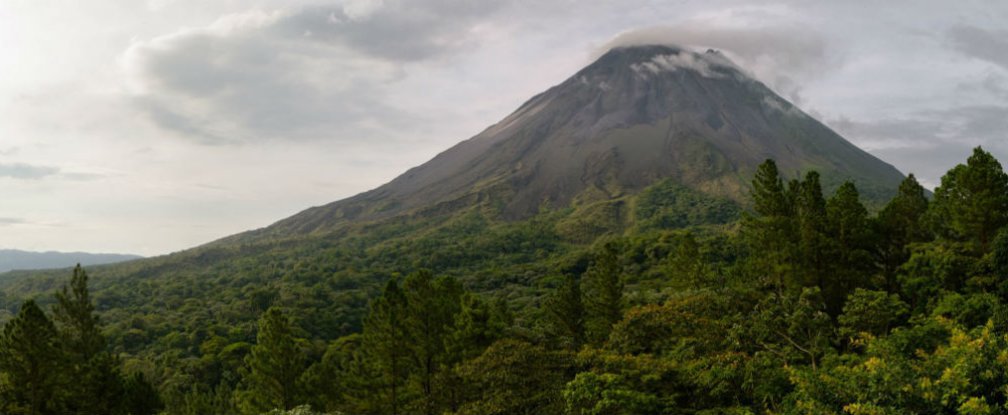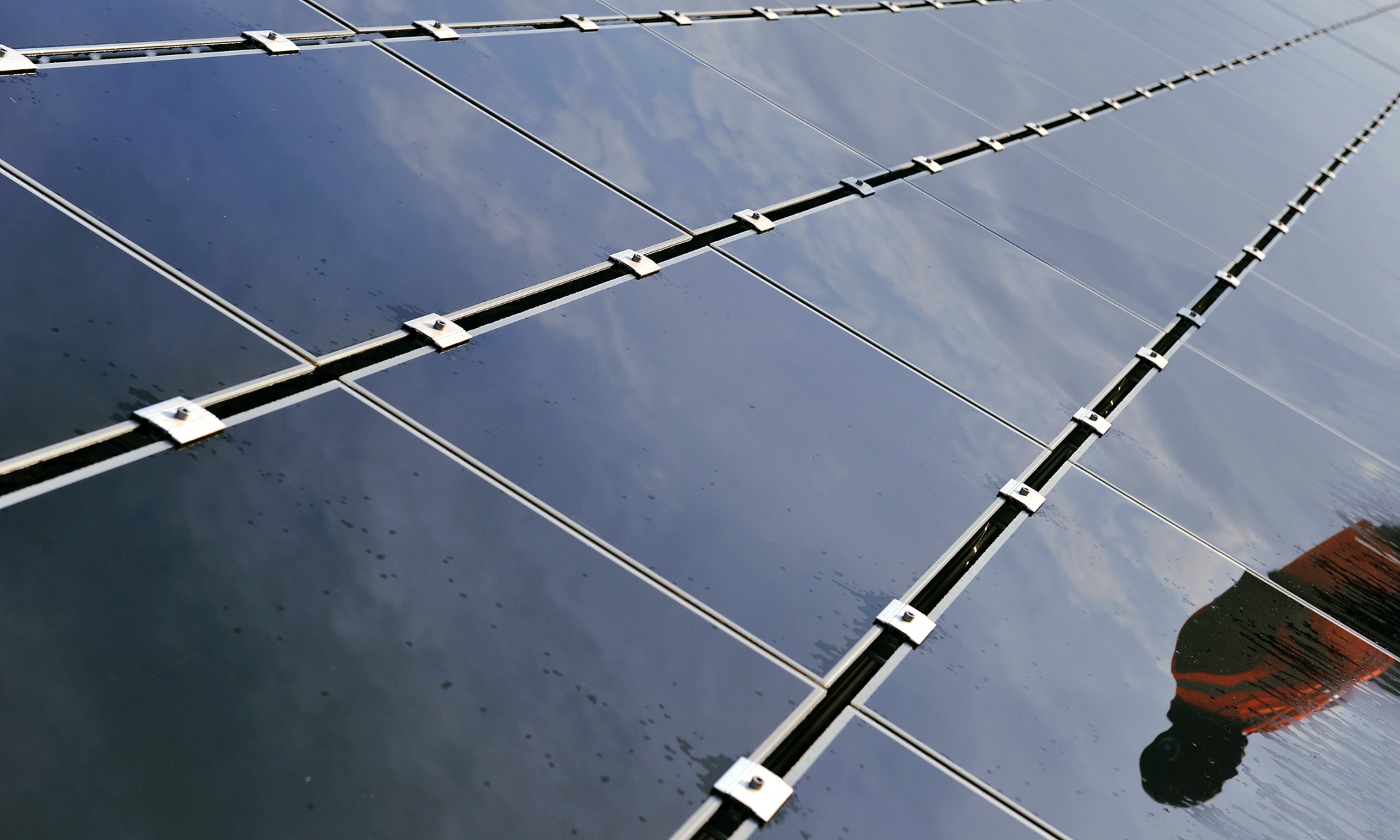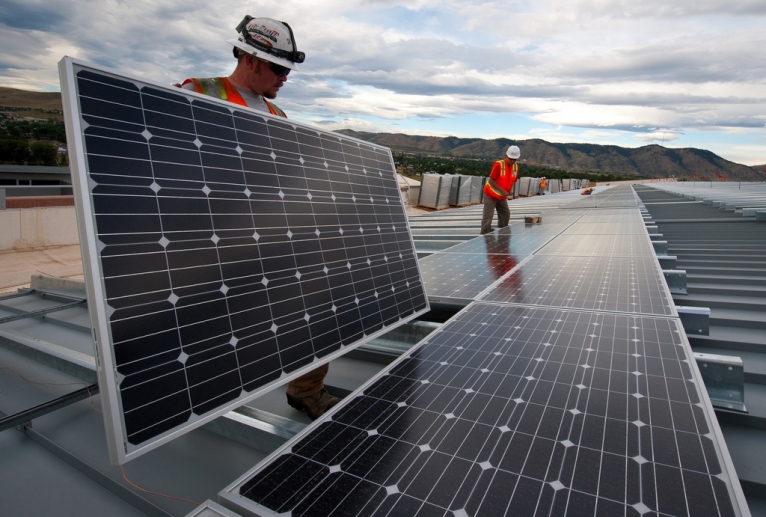
By now, we’re all familiar with the mainstays of renewable energy. They’re the solar panel arrays and massive turbine systems that span great lengths, collecting energy from the sun, wind and water and churning out megawatts of energy. It’s these behemoths that we point to as bellwethers of a future where the world no longer depends on fossil fuels.
But recently, some researchers have started to tinker with more subtle ways to harvest energy. They’re mostly unconventional ideas, such as layering tiny and transparent solar cells onto a phone’s touchscreen or a sound conversion technology that allows it to recharge simply by talking into it.
Though these out-of-box approaches don’t receive nearly as much attention as some of the more elaborate industrial-scale projects, they may well turn out to be game-changers in their own right. As such, here are instances where eeking out even a modest amount of energy may make a real difference:
 1. Infrastructure power
1. Infrastructure power
Hydroelectric power came about as a way to take advantage of the enormous flow of energy produced from reservoirs. However, the same principle can also work wherever there’s a strong and steady stream of water, whether it be dams or sewage pipes.
Catching on to this fact, the city of Portland is testing a power-generating water turbine system specially suited for municipal drainage systems. The technology, developed by local start-up LucidEnergy, is projected to contribute up to 1,100 megawatts of electricity annually, enough to power approximately 150 homes.
Roadways are also hotspots for untapped energy. In 2011, a research team were able to harvest energy from the vibrations produced by moving cars by coating a section of the road surface along a Dutch highway with energy-absorbing piezoelectric materials. During the course of three months, they found that, on average, net electrical output was sufficient to run the motion sensors on a traffic light.

2. Ambient energy
To ensure coverage over a given area, WiFi hubs blast signals in all directions. Satellite transmission is somewhat similar, scattering signals across a wide region. As a result, a lot of energy is wasted.
But there are ways to recover some of these lost signals. Researchers at Duke University have converted them into electricity. Employing a special microwave-scavenging metamaterial, they were able to build a device capable of generating up to 7.3 volts. The goal is to eventually incorporate the technology into cell phones, which in many instances can use a little extra juice.

While the idea has been kicked around for some time, the challenge has been figuring out how to implement it on a consumer level. RCA, an electronics brand, caused a bit of stir back in 2010, when representatives unveiled an early prototype of a USB dongle they claimed can give laptops a power boost by trapping stray WiFi signals and storing them as converted energy in an internal battery. However, the Airnergy charger was never released.

3. Body energy
Every person is, in some respect, a walking power plant. Even at rest, the human body generates as much energy as a 100 watt light bulb. Much of this dissipates in the form of heat, though a coat with good insulation properties can momentarily trap enough of it for us to stay comfortably warm at times when temperatures are unbearably cold.

With that line of thinking, Jernhusen, a Swedish real estate firm, had an ambitious proposal. In 2008, the group outlined a plan to construct an office building in Stockholm equipped with a unique heating system that so happened to be powered by the excess body heat of 250,000 some commuters that pass though the nearby central train station each day.
The system, in operation today, is made possible through a series of heat exchangers situated inside the train station’s ventilation system. This is where body heat is converted into hot water and piped in to warm the building. In total, costs are reduced by about 25 percent compared to regular heating systems. And closer to home, the Mall of America in Minneapolis recycles body heat from shoppers to more better regulate the indoor climate.

On a smaller scale, scientists are looking into ways to make good use of energy generated by the body’s internal machinations. Engineers in the United States and China have collaborated on a technology that uses the mechanical energy of a beating heart to pump power to pacemakers. In Boston, a team at the Massachusetts Institute of Technology is developing a tiny chip that pulls in energy from natural processes that take place within the ear canal as a way to extend the long-term implantation of hearing aids.
4. Kinetic energy
In motion, the human body ramps up to where it’s a sort of de facto energy factory. Case-in-point is the Cadbury House gym near Bristol, England, the first in the world to be powered by nothing but the grunt and sweat of members who frequent the exercise facility.

Power is supplied by a network of treadmills, stationary bikes and step climbers custom-made and sold by Technogym, a manufacturer of high-tech training equipment. When in operation, each machine powers itself and channels surplus energy in the form of electricity. The costs for the equipment come in at about 600,000 euros ($630,000). Similar human-powered gyms can be found in Hong Kong and in the United States.
Systems designed to harvest kinetic energy can also supplement power systems anywhere people take part in activities that collectively add up to lots of high-intensity workouts. In 2007, a pair of MIT students proposed using these ” crowd farms” as a way to extract energy for such things as LED lights. More recently, the concept popped up as an ” eco-nightclub ” in London where energy is amassed using blocks made of piezoelectric material, positioned just beneath the dance floor.

5. Self-powered energy (for gadgets)
While you would be hard pressed to find anyone who isn’t pining for a bit more battery life for their mobile devices, keeping pace with the rigorous demands of day-to-day commuting is a whole different story. The “range anxiety” consumers have over a vehicle’s typical per-charge rating is often mentioned as one of their most pressing concerns.
And it’s a problem the industry seems to be looking at from every conceivable angle. For instance, earlier this month, Goodyear unveiled the BH03 concept tire, which feature a combination of piezoelectric materials and black textured thermoelectric patches to absorb energy from vibrations, light and heat. This in turn can be fed to the the battery or sensors. But drivers shouldn’t hold their breath since the company hasn’t detailed how they plan to turn the proof-of-concept into a reality or released any cost estimates.

For those getting around on foot, Pittsburgh-based startup SolePower is in the later stages of finalizing a shoe insert that charges up an external battery as the wearer walks or runs. But unlike other technologies that harvest energy from pressure-induced vibrations, the insoles don’t employ piezoelectric materials. Instead, energy is produced, converted and stored through a series of tiny “mechanical linkages and generators” in the heel, similar to how hand-cranked flashlights work, according to the company’s Web site.
With the insoles, the company claims that an hour of walk time provides about 2.5 hours of talk time on a smartphone.


















 Graphene is an amazing new technology first created in
Graphene is an amazing new technology first created in  It is my personal belief that Tesla have not actually used any graphene in their battery upgrade in the Roadster 3.0 at all based on the distinct lack of any mention of the word graphene in any of their patents. So this could well mean that once we do see this new graphene technology used results could be even more overwhelming than the figures suggested in these infographics.
It is my personal belief that Tesla have not actually used any graphene in their battery upgrade in the Roadster 3.0 at all based on the distinct lack of any mention of the word graphene in any of their patents. So this could well mean that once we do see this new graphene technology used results could be even more overwhelming than the figures suggested in these infographics. 



























